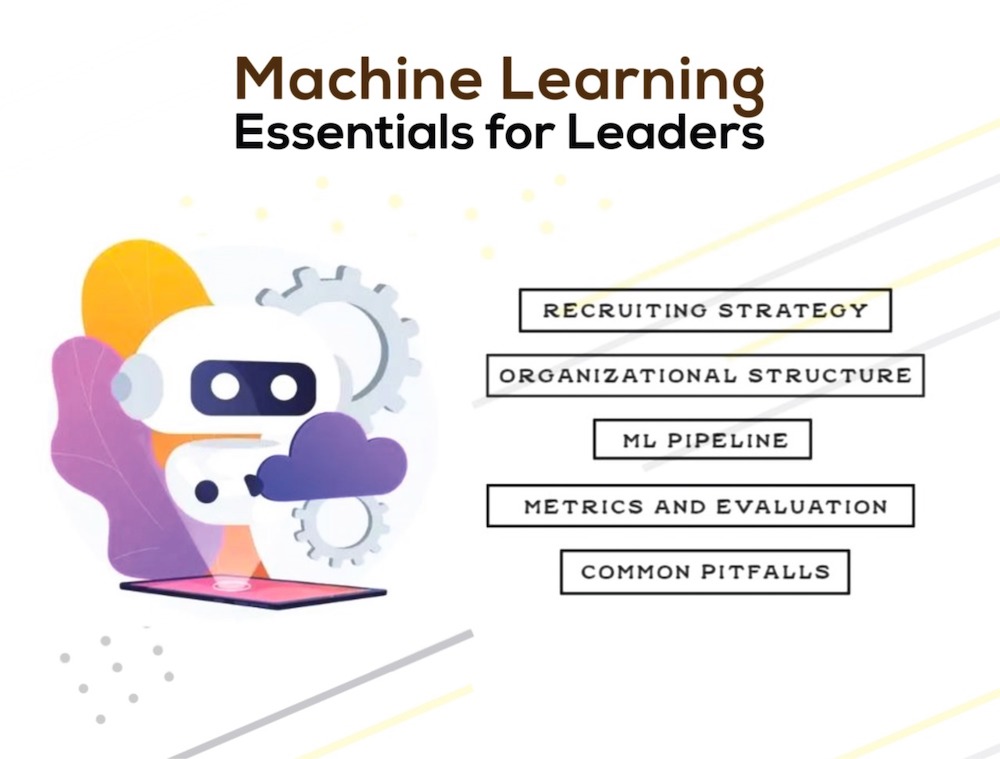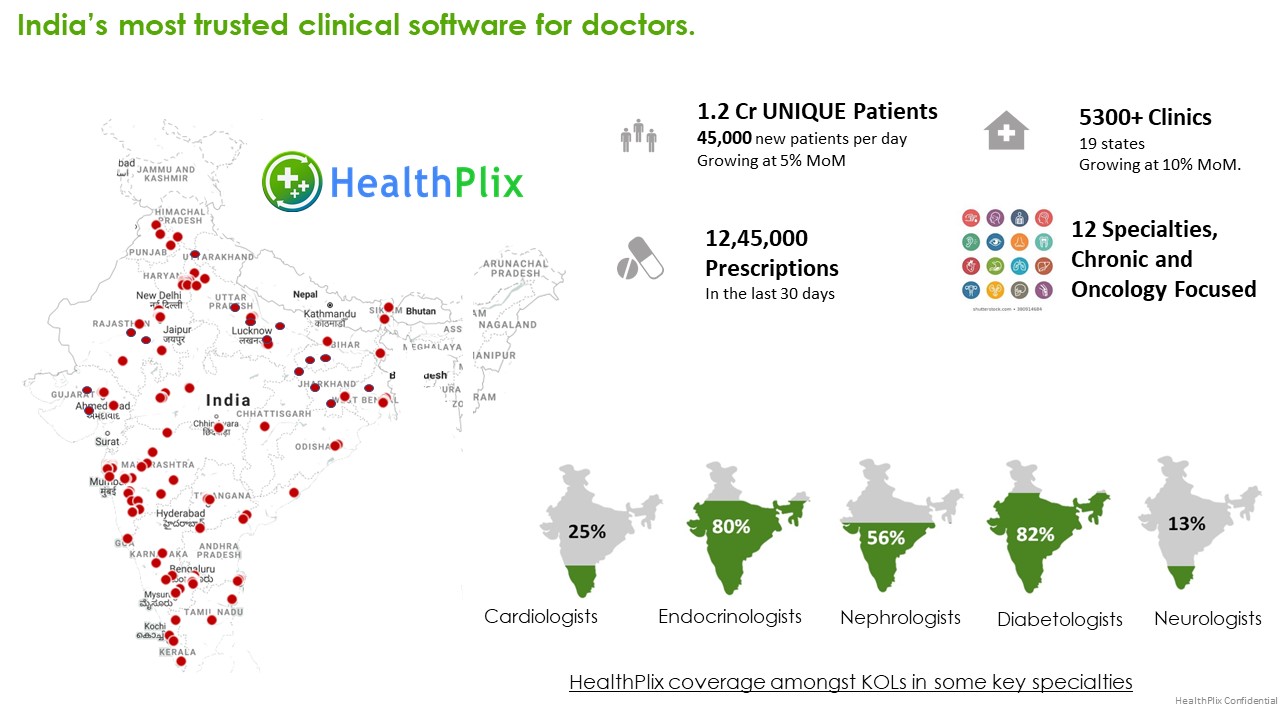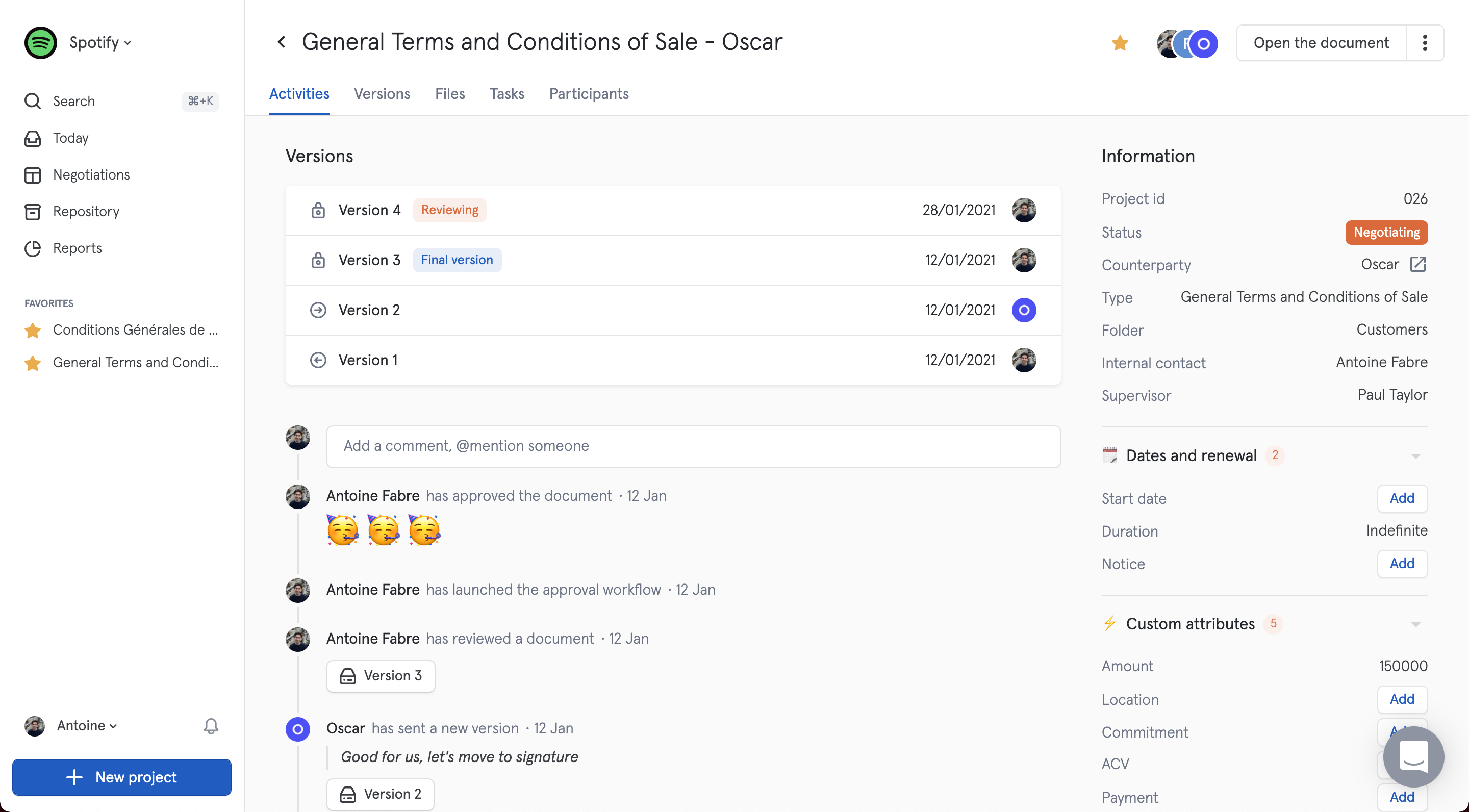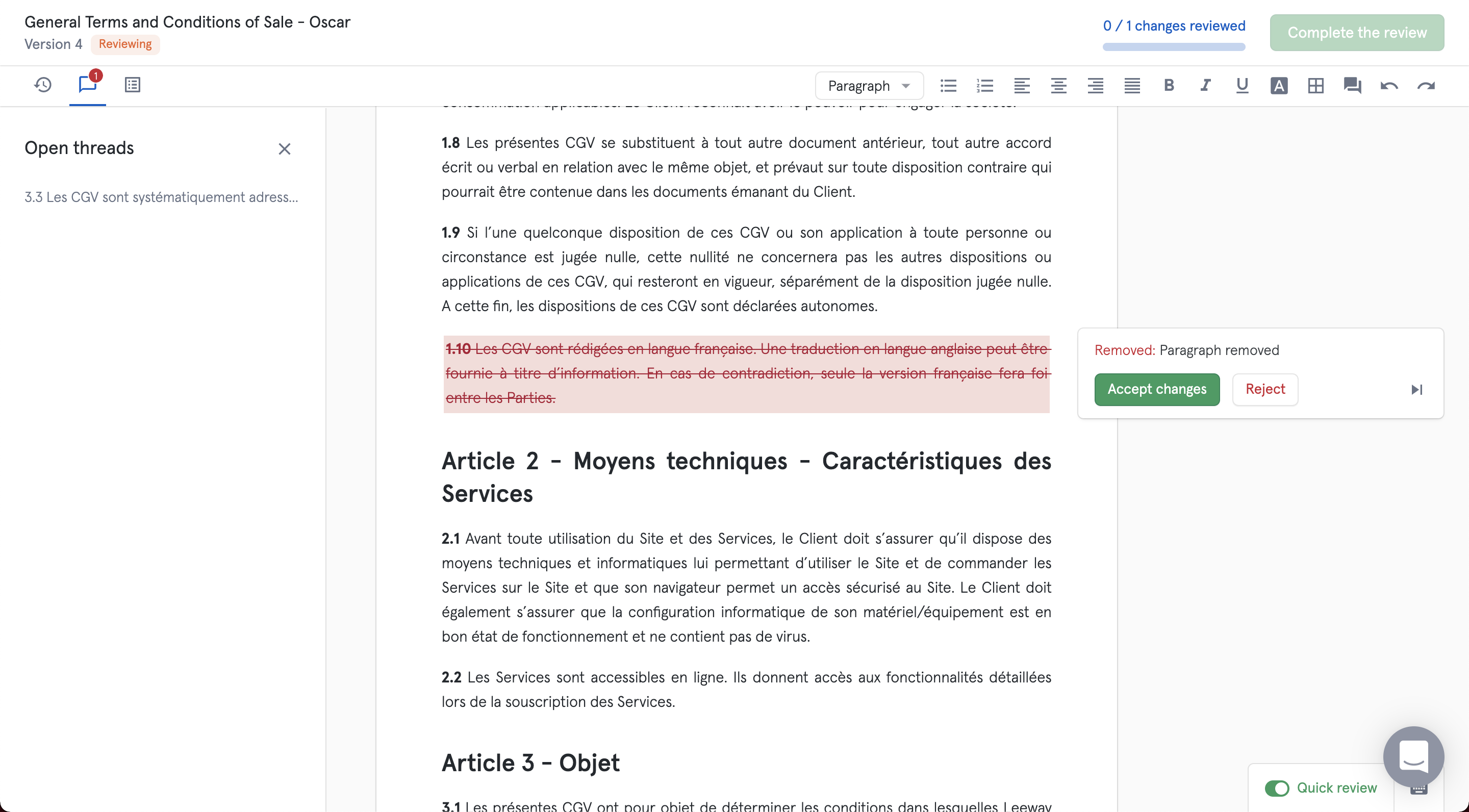
WordPress is a popular blogging and Content Management System (CMS) that has become an invaluable asset to businesses of all sizes. This free platform offers a do-it-yourself opportunity to spruce up the look and feel of a website without knowing any coding or having to hire developers. This helps businesses create enticing landing pages for sale events, products, services, and more.
A WordPress drag and drop page builder offers a number of design elements and add-ons. WordPress page builders include functionalities like responsive controls, export/import, and a real-time editing system with all the bells and whistles to power a full-fledged website.
This open-source platform can accommodate a variety of page builders to give users the ability to create secure and customizable sites faster and with relative ease. You also have the option to choose from a collection of pre-built options which you can add to any of your pages. Simply put, you have the ability to re-arrange and style your home page to suit your particular needs.
15 WordPress Page Builders for Small Business
Here are 15 of the best WordPress page builder plugins around. Take a look and choose the WordPress page builder that will make launching your website a breeze.
1. Elementor
Elementor is among the best drag and drop WordPress page builder plugins around. This live WordPress page builder plugin allows you to see the changes in real-time as you edit them. With Elementor, users can easily start creating sections and select the number of columns for each of your web pages. They can then drag and drop widgets from the left panel to the place where they belong on the page.
Elementor has a wide selection of widgets including the most commonly used website elements available to design your pages. These range from basic image and text widgets to advanced options that include sliders, testimonials, icons, social media, tabs, and more. The Essential plan for Elementor comes with a $49 annual subscription fee and provides you with over 90 widgets, 300+ templates, over 10 full website template kits, drag and drop page builder, a theme builder, a form builder, a WooCommerce builder, and more. With its landing page builder, you get handy tools for maintenance mode, under construction pages, landing pages, and more.
2. Oxygen
Oxygen is another popular WordPress page builder option and offers a What You See is What You Get (WYSIWYG) visual editor so you can create headers, footers and everything in between without leaving the confines of your WordPress dashboard. One of the best drag and drop WordPress website builder options for publishers, it provides users with a collection of building blocks, pre-built components, and standard WordPress features to build sites without needing to code everything from scratch. Oxygen can be considered a full-fledged site builder for designing your entire site from the header to footer and everything in between, guaranteeing faster loading with cleaner markup.
Oxygen’s drag and drop WordPress page builder plugin lets you create powerful WordPress websites with a combination of pre-built templates and other basic features. Its drag and drop editing lets you drag items to the right spacing, or re-order options on your pages. Oxygen is one of those developer-friendly page builders meaning it lets you create fundamental HTML; use a layout block editor; and write PHP, CSS, and JS live. Oxygen starts at a set price of $99 for an unlimited lifetime license.
3. Beaver Builder
Beaver Builder is a popular drag-and-drop page builder plugin that works with no coding and helps users to create and customize their website. It offers a visual editor, so the page you are tweaking looks almost exactly like what the public sees. The Beaver Builder also offers a page builder for WordPress featuring pre-built homepage templates and inner page layouts such as contact, portfolio, about us, and services among others.
In addition to allowing you to add rows, columns, videos, testimonials, and galleries, Beaver Builder also lets you format text, place images, and embed content from platforms like YouTube. It also includes mobile-friendly responsive layouts. Beaver Builder works with any theme and you can switch themes without losing your content. Even if you decide to stop using Beaver Builder, your content gets imported right back into the WordPress editor. Beaver Builder comes with a free WordPress theme called Beaver Theme. The payment for Beaver Builder starts with the Standard tier set at $99 and comes with unlimited sites, page builder plugin, support for one year, premium modules, and templates.
4. SeedProd
SeedProd is considered one of the best drag and drop page builders for WordPress around. It is a user-friendly WordPress Landing Page plugin builder that helps you create website pages and layouts within minutes with no coding required. You can create a variety of landing pages including sales, opt-in, coming soon, maintenance mode, webinar, login and thank you pages. Landing pages created through SeedProd work across all devices no matter which size screen your audience uses to browse.
It also helps you to track subscribers with or without a third-party email provider — such as MailChimp, ActiveCampaign, ConvertKit and Constant Contact — and get metrics through visual data about page subscriber counts and new subscribers over time. You can also use pre-built sections like headers and calls to action, so you don’t need to be a designer to create layouts. The paid plan starts at $39.50 for an annual subscription. This includes pro templates, page blocks, section templates, drag and drop page builder, maintenance mode pages, email marketing integrations, subscriber manager, and more.
5. Divi
The Divi builder offers a comprehensive design framework that allows you to design and customize every part of your website from the ground up. In addition to offering a collection of design tools, the simple drag and drop page builder plugin for WordPress lets you build your marketing lists with Bloom pop-ups, promote your website on social media, and even increase website conversions with the Divi builder feature known as Leads split testing. The Divi builder comes with pre-packaged wraps in a fully customizable theme that works perfectly with all other features.
This easy-to-use complete website builder replaces the standard WordPress tool with a visual editor. In fact, unlike other page builders, the Divi builder lets you edit your content using both a visual interface and a back-end interface. With it, you can add, delete and move things on the front of your website with no coding and no complicated back end options. You get access to dozens of unique page features and thousands of design options. The paid plan starts at $89 for annual subscription and offers access to hundreds of website packs, the Divi page builder plugin, product updates, premium support, and more. The Divi builder is compatible with WooCoomerce and offers specific WooCommerce integrations to boost your eCommerce efforts. This WordPress page builder also offers a lifetime of updates and support.
6. Visual Composer
Visual Composer comes with a free intuitive drag and drop visual editor that lets you create professional sites. It offers templates, blocks, elements, and extensions to easily start building your custom website with the capability to see results with a truly what-you-see-is-what-you-get editor. Visual Composer is among the few plugins available that allow you to edit all aspects of your landing page such as logo, menus, headers, footers, sidebars, and others.
As a complete website builder, Visual Composer works well with any other WordPress theme and comes with a free cloud marketplace with weekly content updates that offers you more options to create a website. This is in addition to more than 300 unique content features that include simple images or buttons along with advanced slideshows, tabs, and WooCommerce blocks without the need to know any coding. You also have a Popup builder that will help you create your own unique popups to boost conversion rates that are mobile-friendly. Although a lightweight, free version of Visual Composer is available the robust paid version starts with an annual subscription of $49. Visual Composer also works well with all WordPress themes allowing you to switch your themes without losing custom layouts that you created with Visual Composer.
7. Themify Builder
Themify is a WordPress theme shop that offers some useful features to help you build responsive sites while designing your custom layout. This quick and easy website builder comes with a drag-and-drop interface so you can drag content based on your design needs. It also offers pre-designed layouts and sections; front end and back end builder interfaces; more than 60 animation effects; and the ability to style everything from color, background, font, spacing, border, and more.
All content made inside of Themify builder is touted to be 100% SEO friendly and is completely indexable by search engines. The paid plans start at $59 and come with one year support and updates along with Themify builder and WordPress themes.
8. GoDaddy Website Builder
Even though it is more famously known for domain names and web hosting, GoDaddy can also help you build your own pages without the need for any coding skills. This website builder makes it simple to create a modern, professional site with no technical knowledge. Using GoDaddy InSight, you can access an all-around solution including marketing with its content creator to create social media posts, a blogging feature, an email marketing tool, and an SEO Wizard to help you optimize your site.
This website builder helps you create layouts that are responsive and adapt to mobile phones and tablets. You can even use the tool on your mobile devices. A free version is available with some limited features. It comes with the godaddysites.com domain where an ad will be displayed at the top of all pages. Paid versions start at $9.99 a month and offer editing capabilities; five social media messages a month; 100 email marketing messages a month, website security (SSL), and more.
9. Thrive Architect
Thrive Architect is another landing page builder for WordPress with a visual website builder. It helps you boost your outreach and conversions. Thrive architect works with all WordPress themes regardless of which WordPress theme you want to use. It integrates seamlessly into your website, making it one of the most popular WordPress page builders with users.
It offers a good selection of full-page templates and sections where you can add almost any type of page to your WordPress website or create your customized designs using the pre-built sections. You can improve the user interface for easier content editing. Thanks to its drag-and-drop content editor, you can see the changes you make in real-time by just clicking. With Thrive Architect, you also get a large selection of customizable buttons, testimonials, countdown timers, and lead generation forms that integrate with your favorite email marketing tools. Thrive Suite comes with a monthly subscription of $19 that allows you to install up to 25 sites with unlimited support and updates. This makes it ideal whether you are a freelancer or a small business.
10. SiteOrigin Page Builder
SiteOrigin’s page builder makes it easy for you to build responsive grid-based sites that are also mobile-friendly. The drag and drop interface helps you to generate light-weight, SEO-friendly code without the need for any skill as a coder. This page builder helps you create your custom homepage layout including advanced designs for your ‘About’ and ‘Contact’ sections and also upgrades the standard WordPress editor to expand your design options with live editing.
In terms of widgets, you have the option to select from a wide range of choices including a fully customizable buttons module; row builder; responsive Google maps; image and video widgets to let you add responsive images and videos; a pricing table widget, and more. Pricing for SiteOrigin starts at $29 billed annually, while its business license starts at $49.
11. WPBakery Page Builder
WPBakery’s page builder helps you build responsive sites and manage content thanks to its intuitive WordPress front end editor. You can create ready-to-use content features through its drag and drop interface without grappling with a single line of code. You also have the option to browse through an online template library and build your pages in seconds. Download any template you like without any restrictions. The library is constantly updated with new templates.
For its part, the grid builder helps you to display posts, portfolios, and any other custom types of posts or media in a masonry grid with access to over 40 predefined styles. Paid plans start at $45 where you get free updates, premium support, and access to a template library for a single website.
12. Fusion Builder (rebranded as Avada Builder)
Avada builder offers users the ability to create sites with no coding knowledge required in virtually any design style. Its drag and drop editor helps you to place, edit, and customize layouts, add features, and start typing your narrative all in one go. The intuitive visual design and editing tools help you to create sites with relative ease. You can also work with over 70 design elements with Avada’s Global Styling Options. Then edit individual features by changing the options for each once added to a page.
You can import any prebuilt website with the click of a button. In terms of compatibility, Avada is built with HTML5 and CSS3, SEO optimized, and perfectly compatible with plugins like Yoast SEO. Regular licensing for Avada starts at $60.
13. WPForms
WPForms offers a drag and drop online form builder that allows users to create forms in WordPress. Options range from Contact forms to Order forms, Multi-page forms to Offline forms. This plugin comes with pre-built templates to help you save time as well. On top of that, WPForms are responsive and work on mobile, tablets, and desktops.
The tool allows you to split long forms into multiple pages to improve user experience and even integrates with AWeber, Mailchimp, Constant Contact, Sendinblue, and other survey and email marketing platforms through add-ons. Paid plans start with Basic at $39.50 a year. You get unlimited forms; advanced fields; templates; multi-page forms; spam protection; conditional logic; one year of support and more for one website.
14. Live Composer
Live Composer offers users an all-in-one solution for creating and customizing WordPress sites. It simplifies building a website by adding new sections and modules or you can opt to choose from a wide selection of themes. This best page builder has a drag and drop interface along with over 40 content modules for quick and easy page composing all with no coding skills required. In terms of editing, the content is built directly on the pages saving you time and providing instant feedback on the changes you make. The core website builder is free, but there is a paid option that starts at $49 and offers more robust support including premium extensions.
15. WP Page Builder
WP Page Builder is a drag and drop WordPress page builder for creating websites brought to you by Themeum, an established WordPress developer. You can create professional websites by using the intuitive live page composer with no coding knowledge required in just minutes. You also have a choice of ready-to-use features, predesigned templates, addons, and more to create your desired layouts and bring different styles to your website. Website layouts built with WP Page Builder plugin will fit into smartphones, tablets, and desktops. This WordPress page builder plugin helps you build beautiful websites like a professional.
Though a free version is available, a premium version comes with a number of pre-designed layouts and a wide range of ready blocks with priority support starting at $39 for a single license. WP Page Builder plugin is built with all-inclusive features and is literally built for everyone.
Why use a drag and drop WordPress page builder for your business website?
The popularity of WordPress page builders is due to the relative ease with which users can build websites and make changes to their feel and look. These WordPress page builders offer a one-stop-shop for creating a functional website that helps set you apart from the competition without spending money on a developer. They allow you to create custom page layouts by using templates, adding widgets, building elements, and customizing navigation menus.
If you are looking for an easy way to build and customize your WordPress site, drag and drop WordPress page builder plugins are the way to go. Drag and drop WordPress plugins are a subcategory of page builders that offer features to quickly and easily build custom websites.
Here are some of the key benefits:
User Friendly Features: They come with an intuitive interface to help you perform most tasks with just a few clicks and without the need to know any code. This translates into saving time and money as it is a Do-It-Yourself option. In essence, these plugins make it easy for you to redesign existing elements of your page as you see fit.
Pre-Built Modules: With a drag and drop WordPress plugin, you can add pre-built content elements, blocks, modules, and widgets. You can customize, move, and arrange these elements on your site with relative ease.
Templates to create websites faster: Drop and drag plugins offer you a good selection of templates that can help you create websites faster. This means that you can choose any layout that matches your specific needs, tweak it to fit your content, and launch a complete website quickly. Some of the best drag and drop page builder templates help you cut across the process of creating a website from scratch and get the job done in relatively less time.
Real-Time Editing: Drag and drop plugins provide a real-time review of your website. You can tweak the layout of the page while creating it. This includes making changes to layout elements such as rows and columns and even content elements like sliders.
Which WordPress page builder is best for your business?
Elementor can be considered the best drag and drop page builder for WordPress. This popular page builder is compatible with most popular WordPress themes, and is user-friendly and flexible. Its intuitive user interface helps you to easily figure out how to build your site section by section with relative ease. Users do not have to grapple with code and are not required to have technical knowledge of Hypertext Preprocessor (PHP) or Cascading Style Sheets (CSS).
With Elementor, you get access to content widgets that are customized to function in the live page builder. These widgets cover headlines, text, images, videos, galleries, testimonials, and much more. Other key elements you can easily control using the drag and drop function include buttons, social media icons, and other elements. All you have to do is to drag and drop them to the page you are building and you are done. Elementor offers you the ability to design flexible popups using all the regular Elementor widgets. This lets you create email opt-in popups, contact form popups, and more. Besides this, Elementor is compatible with other third-party widgets allowing you to integrate them into your page design. This makes it easy to build a robust website that gives visitors a positive online experience. Elementor is the best drag and drop page builder for WordPress business when it comes to its features and ease of use.
What should you look for in a drag and drop for WordPress?
The best drag and drop editors offer ease of use and flexibility for users who might want to add custom modules. Selecting the right tool for your business lets you create, manage, and optimize your website quickly and easily. Now that you have a good pool of popular WordPress page builders to choose from, here are some core features to look for when making your selection:
- Ease of Use: It is important your website design process doesn’t cause for frustration and headaches. The WordPress page builders you choose should be easy to use right from the start and provide you with a good selection of design options.
- Versatile features: The ideal drag and drop plugin should come with features that include styling options, pre-built templates, and other content elements to give you the options for easily building your site.
- Real-Time Customization: The ideal drag and drop plugin should help you make live edits and see the changes in real-time for easy and speedy tweaking.
- Responsiveness: Your page builder should create a website that is responsive in terms of ease of access and should be SEO-friendly. You should also make sure your page builder can help you create a website that is compatible with all devices including smartphones, tablets, and PCs.
- Compatibility: If in the future you plan to change your existing WordPress theme, you will need to check whether the drag and drop plugin is compatible with your WordPress theme and other plugins you might want to use.
One of the greatest benefits of using WordPress to build your website is the market share it holds. WordPress is now powering 39.5% of all websites in the world. What this means for you is that you will have a thriving ecosystem of tools such as WordPress Gutenberg and support when you choose this platform. The page builders for WordPress are getting easier to use and more intuitive so you can start building your website with minimal technical expertise.
Image: Depositphotos
This article, "Best WordPress Drag and Drop Page Builders" was first published on Small Business Trends


 , Alexa von Tobel (founder/managing partner, Inspired Capital Partners) will share financial planning best practices so founders can remove this layer of stress from the pressure of building a business.
, Alexa von Tobel (founder/managing partner, Inspired Capital Partners) will share financial planning best practices so founders can remove this layer of stress from the pressure of building a business.








